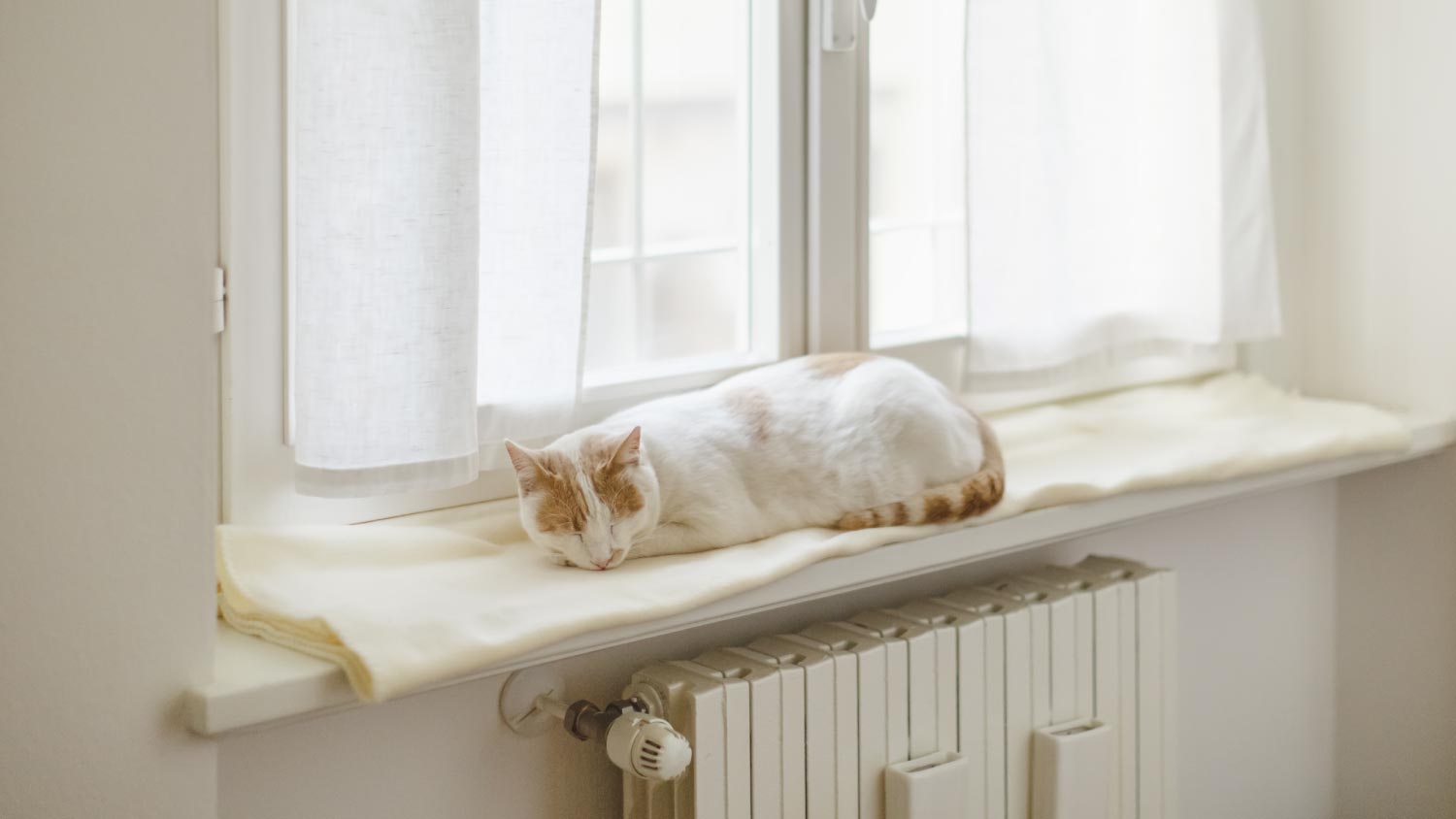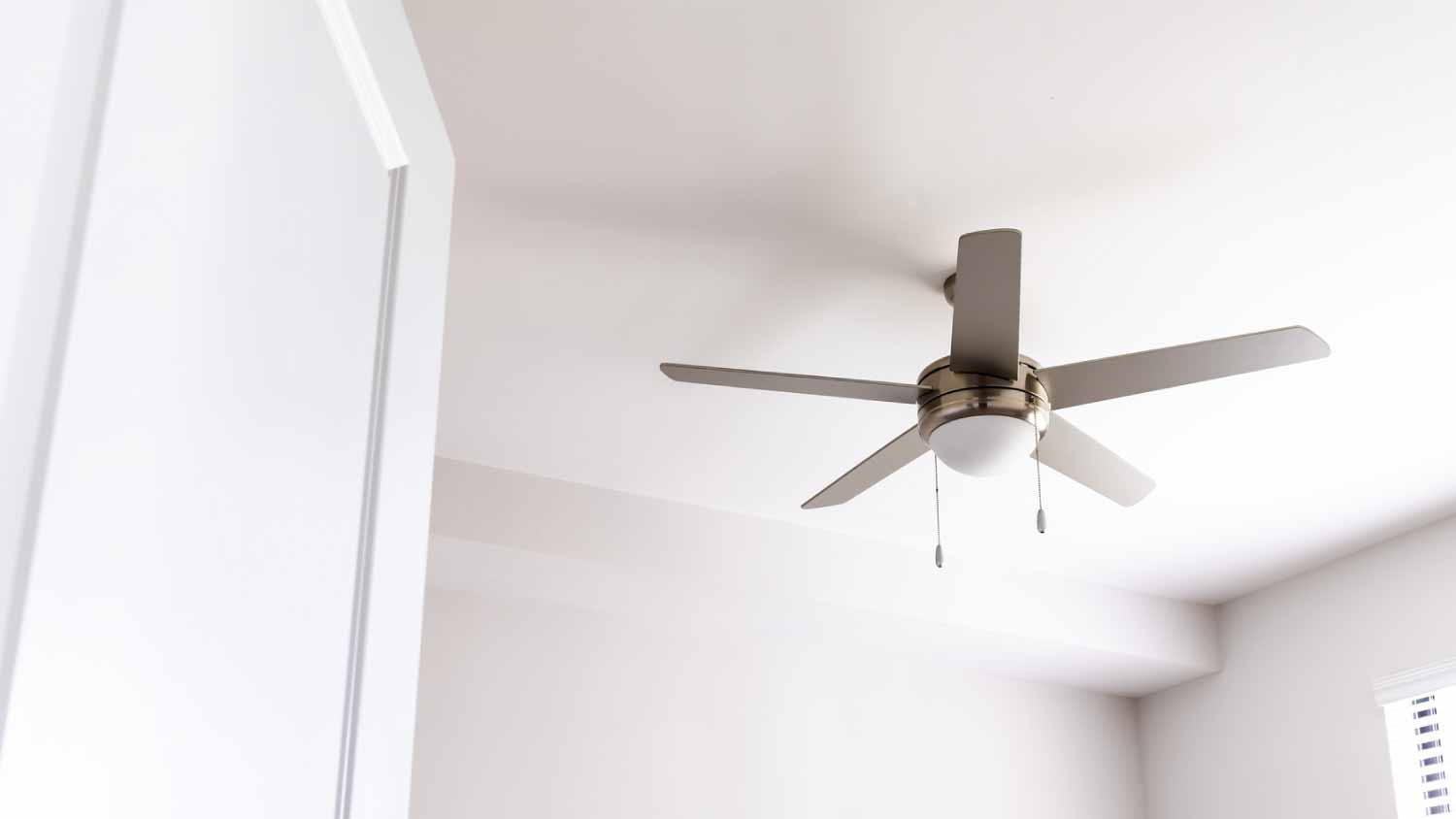8 Must-Know Tips to Balance a Heating System
Say goodbye to sweater weather on the first floor of your home


Ever wondered why the radiators on the second floor of your home stay warm, but the first floor or basement heating systems don’t seem to match? The reasons can vary, but one strong possibility is that your heating system is imbalanced.
To balance a heating system, you’ll need a couple of hours and possibly your radiator key to tackle two projects—balancing and bleeding your radiators—at once. Here are eight tips to help balance your HVAC system.
1. Know Why Balancing a Heater Is Important
Essentially, balancing a heating system means channeling more water into your cool radiators and restricting water access to those that get too hot. Hot water tends to work its way to the top radiators (on the first or second floor of your home) and stay there. It also tends to settle closer to the boiler. The further away it is from the boiler, the cooler it tends to be.
By opening and closing your radiator valves to redistribute hot water, you can shift the balance downstairs to ensure all of your boilers are heating your home the way you want.
It’s common for homeowners to discover issues with their heating system during the fix. Examples include:
Broken radiators that need to be replaced
Radiator valve issues that may require a replacement
Dirty boilerplates that inefficiently heat your home
Damaged boilers that require repair
Balancing your heating system makes it more efficient, which can help lower energy costs and enhance performance during the cold winter months.
2. Turn Off Your Heating System Safety First
Radiator valves can get very hot when the heat is on. Turn off your entire heating system for at least an hour before attempting to balance your radiators—but take note of which radiators are running hot and which are cool before you turn it off.
3. Bleed Your Radiators While You’re at It
It sounds scary, but bleeding your radiators is just another way to balance a heating system. Bleeding removes trapped air from the valve that could stymy or impede hot water flow through your home’s system.
Signs your radiators need to be bled include:
Cold patches on your radiator, especially on top
Gurgling, hissing, whining, or knocking noises from your radiator when it turns on
Mold growth near your radiator or boiler
You’ll need your radiator key to open the valves once they cool down.
4. Study Your Heating Valves
Each home’s heating valves look and work differently. Once you’re done bleeding or rebalancing, pull out the manual or do a quick search online of your make and model to learn how to unlock and relock your valves. This way, you don’t accidentally damage them and you can know how to bleed them again in the future if more issues arise.
Many modern heating valves have radiator lockshields or plastic caps designed to balance the air without needing to do it yourself.
5. Start Closest to the Boiler and Work Your Way Outwards

Once your system cools down, you can start making rounds to balance out your heating system.
Start with the radiator(s) closest to the boiler. If, as expected, these are your hottest devices, open the valve slightly (clockwise or counterclockwise, depending on your device) to restrict water flow.
Make your way to the other radiators. Loosen them up a quarter-, half-, or full-turn depending on how cool they are relative to the others. Use trial and error to determine which direction works best for your needs.
6. Test and Retest
It may take a few attempts to balance your heating system properly. Once you’ve adjusted the valves and locked them, turn your heat back on. Give it about 30 minutes to see if there are any improvements. If yes, then you’re all set.
If not, shut your heat off, allow your radiators to cool off for at least 30 minutes, and repeat the process. If you still aren’t getting the desired heat after three or four attempts, call an HVAC repair pro to see if it needs further repairs or replacement.
7. Invest in a Radiator Thermometer
There are several types of radiator thermometers you can invest in to monitor the balance of your heating system all winter long.
Some attach directly to your radiator and cost as little as $12. Infrared digital thermometers can take the temperature in real-time, at the press of a button, and cost $30 to $50. Purchasing one of these products may be a good idea if inefficient heating has been a longstanding issue in your home.
8. Call an HVAC Professional
If troubleshooting your radiator is unsuccessful or you find issues (such as a badly damaged radiator or a dirty boiler that desperately needs cleaning), learning how to hire an HVAC professional may be the next best step.
Call at least three local HVAC pros and ask how much radiator repairs cost to help match your project to your budget.





- Furnace Repair
- Air Conditioning Repair
- HVAC Repairs
- Furnace Installation
- Wood & Pellet Stove Repair
- Dehumidifier & Humidifier Repair
- Heat Pump Companies
- Swamp Cooler Repair
- Wood Stove Services
- HVAC Companies
- Commercial A/C Repair
- Geothermal Installation
- Air Conditioning Installation
- Boiler Repair
- 24 Hour Furnace Repair
- Geothermal Repair
- Heat Pump Repair
- Humidifier Installation
- Thermostat Repair
- Thermostat Installation
- Nest Installation
- Heating & Cooling
- Heating Repair
- Furnace Cleaning
- Furnace Tune-Up
- HVAC Technicians
- Subcontractors
- Furnace Maintenance
- Plumbing & Heating Companies
- Wood Stove Inspection
- Mini Split Installation
- Wall Heater Repair
- Duct Installers
- How to Repair These 6 Common Home Radiator Problems
- Why Do Radiators Clank in Your Home? 8 Easy Fixes to Stop the Noise for Good
- 7 Types of Radiators That Make for a Snug and Cozy Home
- How Do Radiators Work and What Type Is Right for Me?
- How to Turn Off a Radiator: A Complete Guide
- How to Bleed Baseboard Heaters in 3 Steps
- Why Is My Radiator Hissing and How Do I Make It Stop?
- 11 Boiler Maintenance Tips to Keep Hot Water Flowing Year-Round
- Everything You Need to Know to Maintain Your Heating System Properly
- 11 Home Heating Mistakes You Didn't Know Were Costing You















